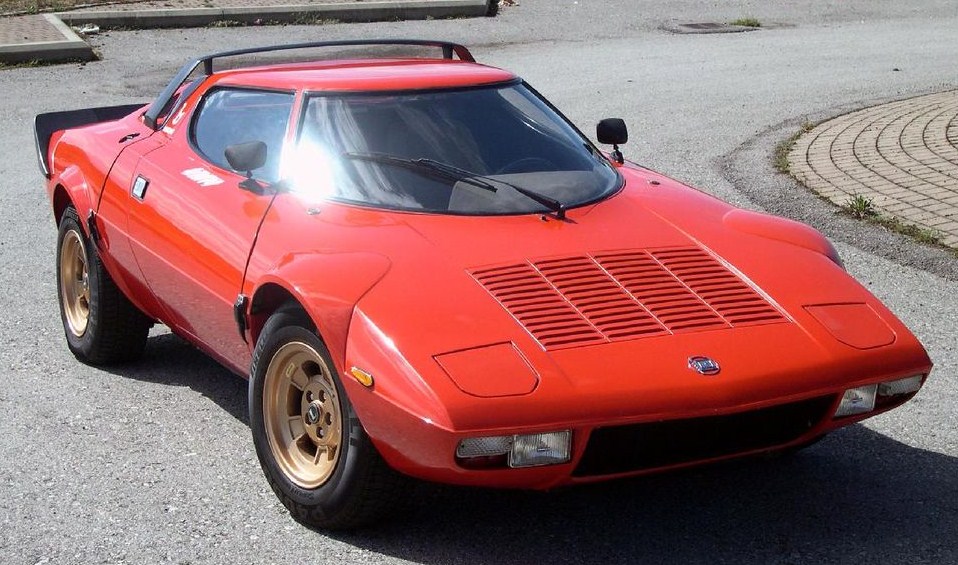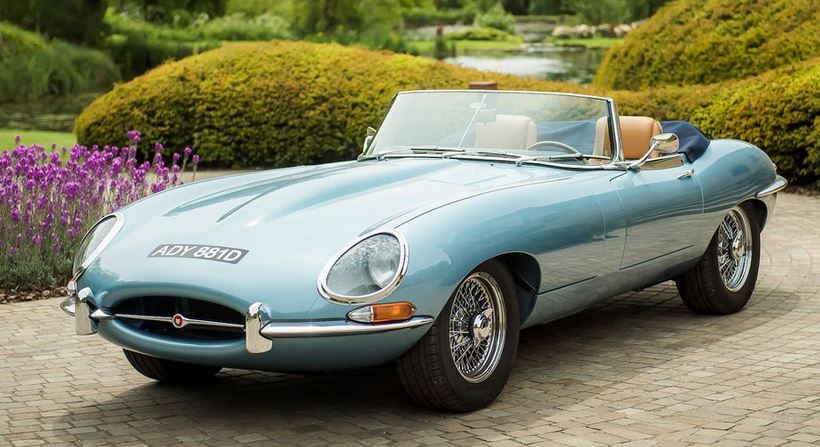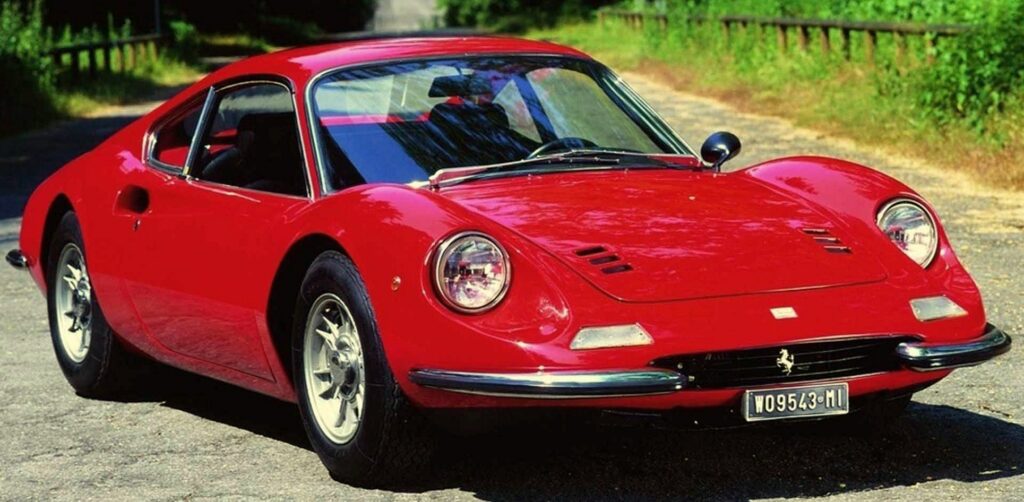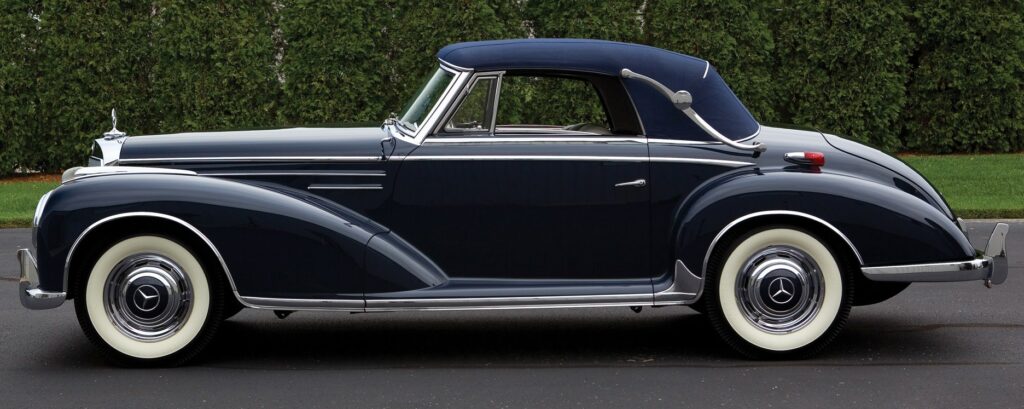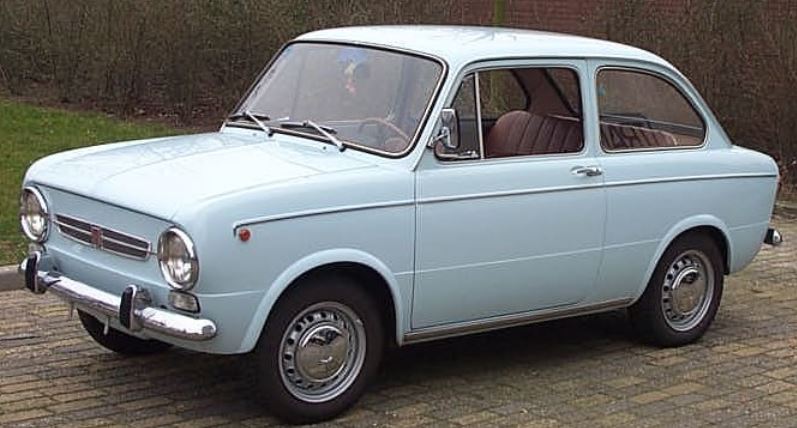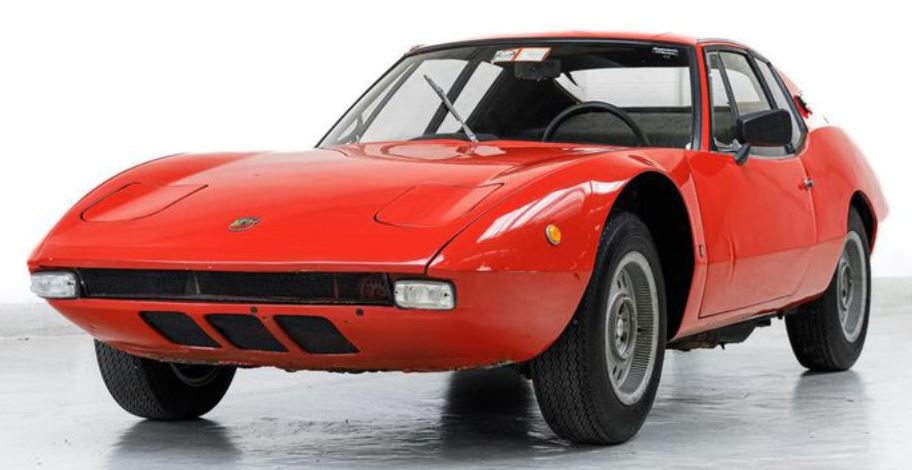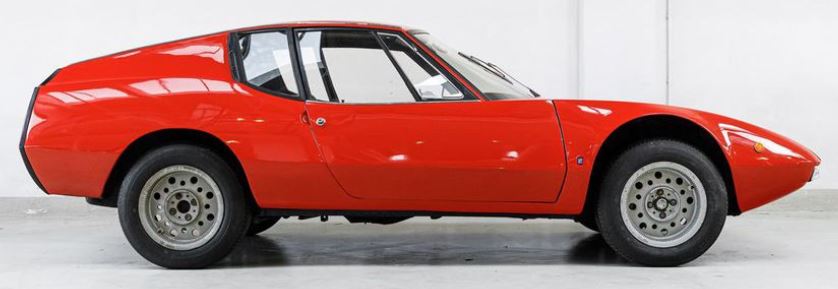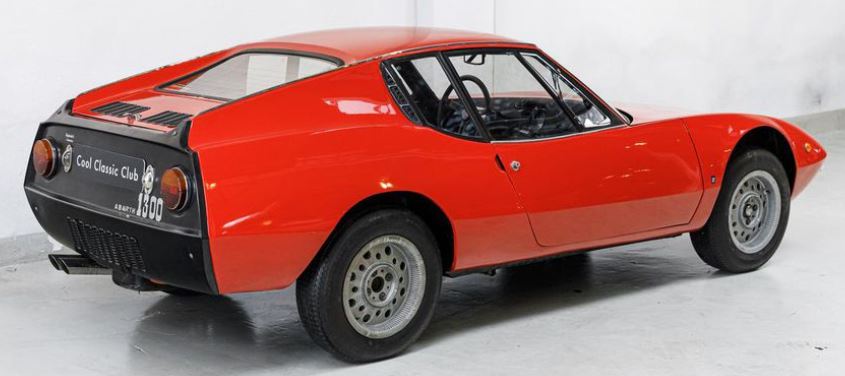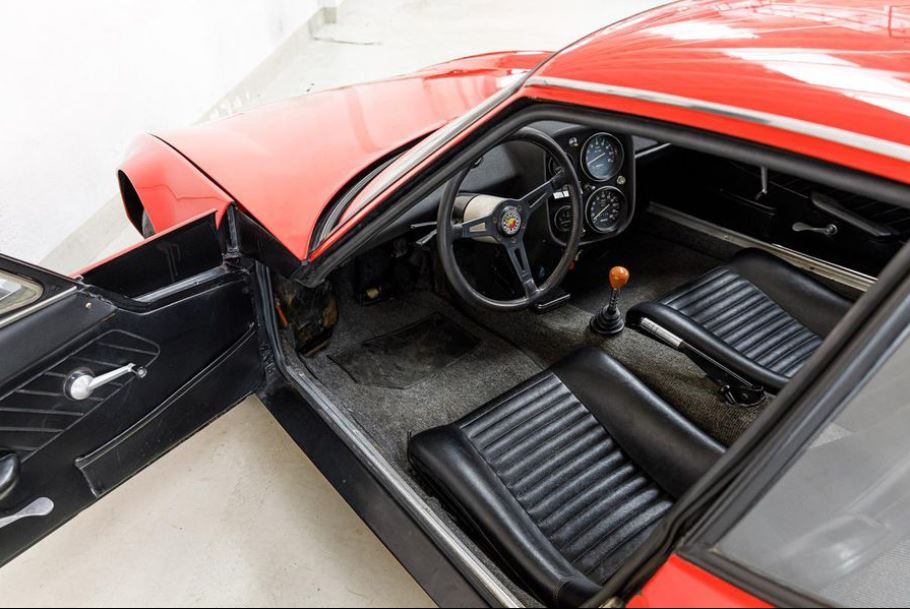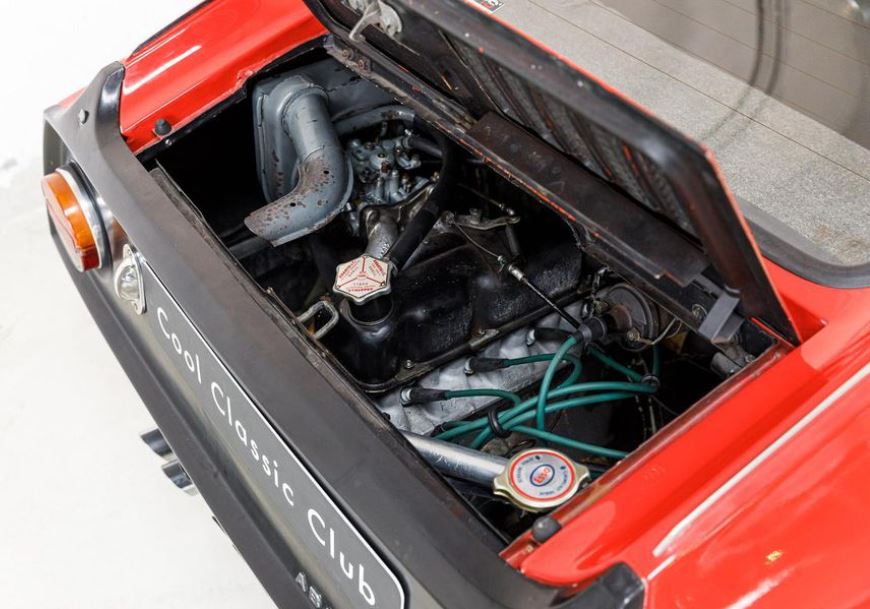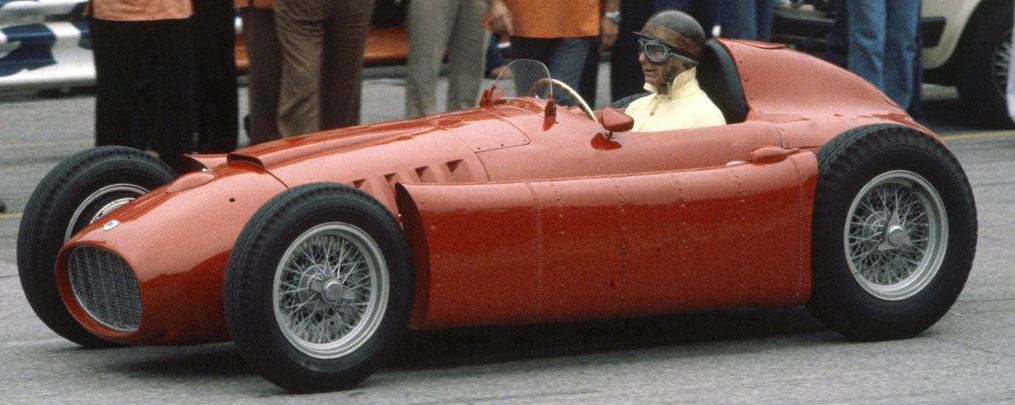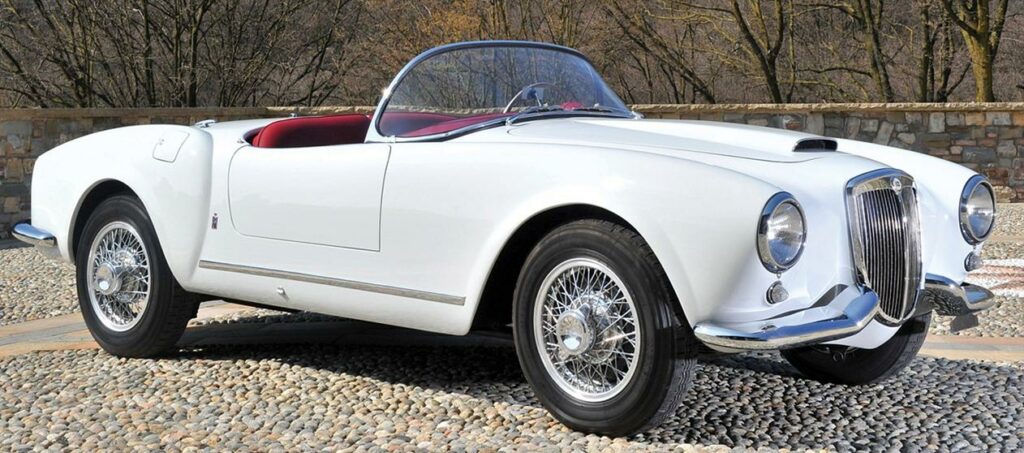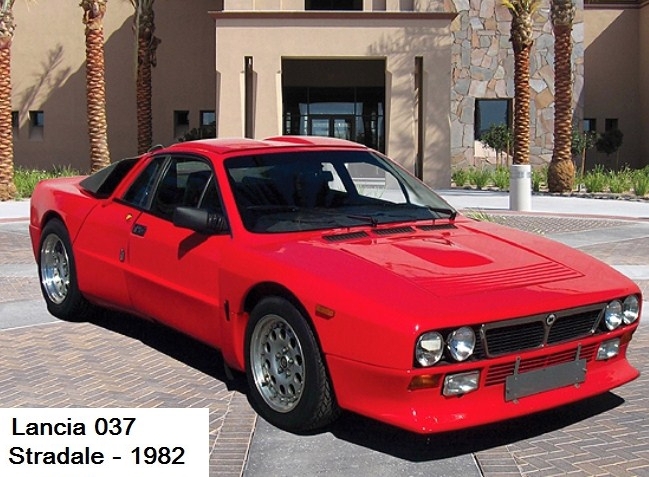Over the years, I have got a ton of flak from my Readers about my love of European cars, and especially my preference for European cars over American ones (never mind the Japanese and others).
In the above post, I created my list of things that make me proud to be American — and yet, it does make me just a trifle ashamed that among those things, I only mentioned American-made trucks, and a generic admiration at that.
So I set about doing some research about American cars, but apart from a very few, I found little to enthuse about. And to be frank, with the possible exception of the latest models of Corvettes, there are no American cars of recent vintage that get my juices running and my manly parts excited. Of course, that means I have to go back in time — like that should come as a surprise to anyone who has even a passing familiarity with my rants and fevered scribblings — and really, it’s only as far back as the 1950s where I start thinking of cars that are proudly and unmistakably American.
Sure, there’s the late 1950s-era Chev Bel-Air:
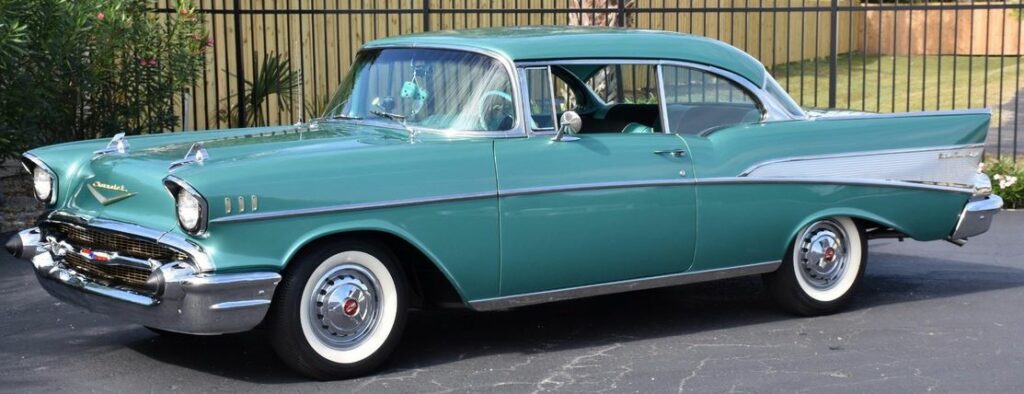
…whose shape is admittedly more American in spirit than at least five American presidents I could name; but Chevy is a boring marque. Underneath all that chrome and those fins is just… [snore]
There’s also the 1959 Cadillac Eldorado Biarritz:

Once again, it says (or rather, bellows) “American!!!” but really, despite the four tons of chrome and the space-program fins, it’s more of a land barge than a car.
Nah, we have to look further and delve deeper into that era.
Which brings me to my absolute favorite American car: the 1957 Studebaker Golden Hawk.
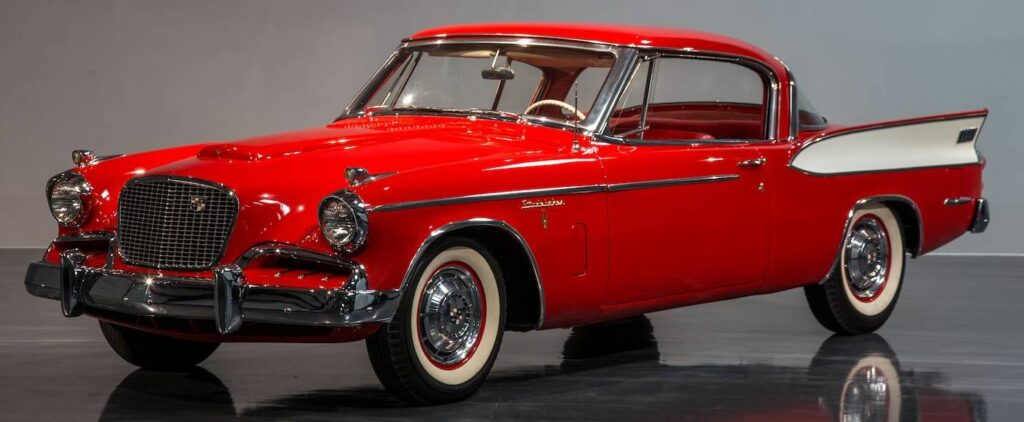
Oh, please. A snorting, powerful supercharged 4.7-liter V8 (okay, 289 cu.in.) which gave the light-bodied Hawk an 0-60mph acceleration time of 4.8 seconds and a top end of over 125mph, which blew the doors off its Dodge, Ford and Chevy competitors.
The Golden Hawk was probably the first true American muscle car, and if that doesn’t get my starter motor cranking, nothing will. The GH also has matchless American looks — even though it was styled by Raymond Loewy, a Frenchman(!) — and in contrast to its European sporting counterparts, it’s a proper four-seater sports car and not the Euro-style “2+2” (meaning “fits two adults up front and two legless dwarves in the back”).
And it has a bench front seat so that you can cuddle up to your sweetheart at the drive-in movie (or anywhere else). Let’s not forget the capacious trunk and even — gasp! — seatbelts.
“Oh noes, Kim,” I can hear the plaintive cries now, “don’t you know that Studebakers were notoriously unreliable with questionable build quality?”
Yeah… ask me again about my love of Austin Healey, Alfa Romeo, Maserati, MG and Fiat sports cars. Unreliable? Don’t make me laugh.
I would rather drive the Golden Hawk in the above picture than any American car, of any vintage or brand.
So if any car is going to be added to the list of things which make me proud to be American, this is the one.
By the way: here is a lovely, affectionate history of Studebaker and its cars, done quite differently to the typical boring documentary.
Also: I could be talked into this Golden [sic] Hawk, whose color isn’t quite as shouty as the red one:
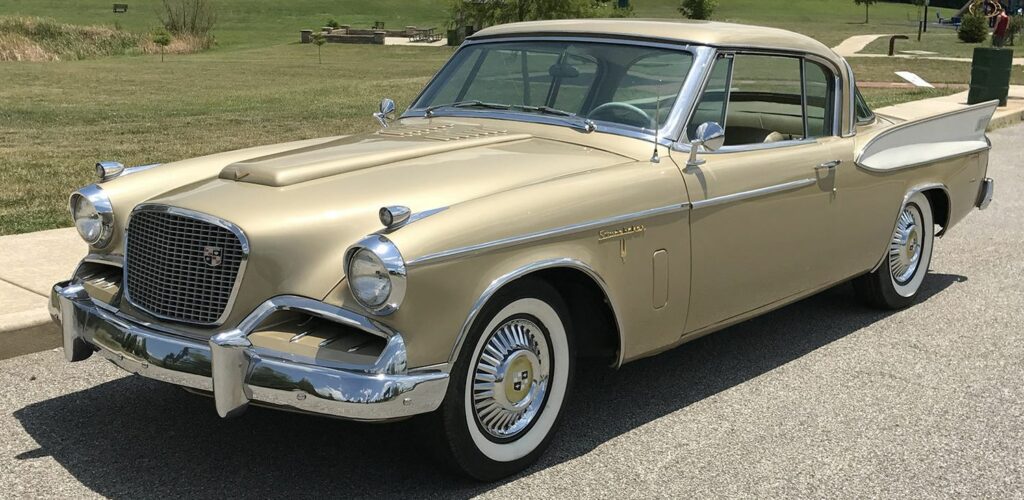
…but “not shouty”? Positively un-American, innit?
